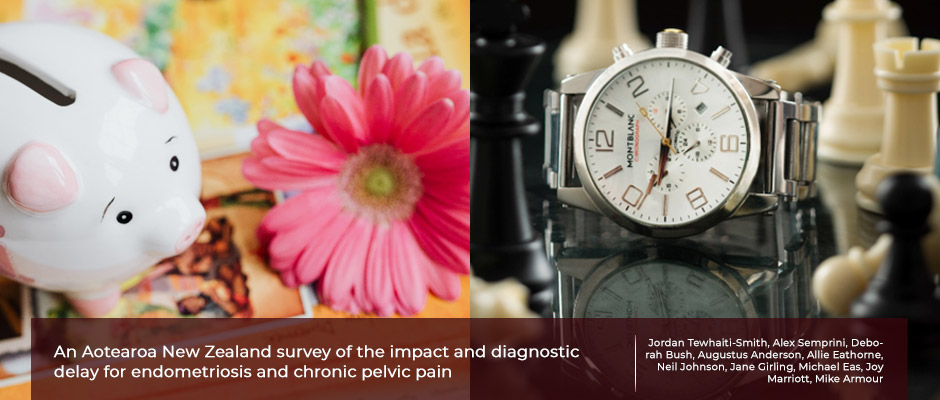It is all about awareness when it comes to endometriosis
May 2, 2022
Diagnostic delay is still too much but it is decreasing by years with the help of awareness.
Key Points
Highlights:
- Endometriosis negatively impacts life: education, employment, and personal relationship.
- The only promising fact is the decreasing diagnostic delay by the increase in awareness.
Importance:
- There is still diagnostic delay for endometriosis but hopefully is expected to be decreasing with awareness.
What's done here:
- This is a nationwide cross-sectional survey-based study using the WERF-Endo Cost tool.
- Demographic data, diagnostic timing, educational delay, work-related problems, social wellbeing, and recent prevalence of the disease have been outlined.
- The requirement of the survey has been established by social media platforms, sharing has been encouraged, and public flyers have been implemented in the gynecology clinics.
- The responders were women with chronic pelvic pain requiring medical intervention and lasting more than 6 months with at least one of the symptoms as dysmenorrhea, dyspareunia, or dyschezia.
- The data were compared by the timing of updated years of endometriosis guidelines of 2013; the delay has been calculated by comparing data before and after 2013.
Key Results:
- 800 women completed the survey in a 10-week interval.620 were with histological diagnosis of endometriosis while 180 were with other types of chronic pelvic pain.
- The mean time between symptom onset and seeing a doctor was up to 7 years for endometriosis. The time interval for endometriosis diagnosis was up to 11 years, with 4.8±3.8 different clinicians visits.
- All clinical but specifically dysmenorrhoea symptoms of pelvic pain were commonly reported while fatigue was found to be in 45% of respondents which is almost 20 times higher than general population data.
- The delay interval was decreased from 8.4 years to 2 years when comparing patient diagnoses before and after 2013.
Limitations:
- The data requirement method of social media might bring a bias.
Lay Summary
Endometriosis and chronic pelvic pain are known to have debilitating effects on daily life, educational life, and work life. However, the true prevalence and effects of the disease data are still controversial all over the World.
The survey-based study conducted in New Zealand by JordanTewhaiti‑Smith et al. questioned the population-based effects of endometriosis on daily life, personal relations, employment, and education. Basic demographic data, diagnostic timing, educational delay, work-related problems, social wellbeing, and recent prevalence of the disease have been outlined. The requirement of the survey has been established by social media platforms and sharing has been encouraged and public flyers have been implemented in the gynecology clinics and open-public areas. The responders were women with chronic pelvic pain requiring medical intervention and lasting more than 6 months with at least one of the symptoms as dysmenorrhea, dyspareunia, or dyschezia.
The data were compared according to the timing of updated years of endometriosis guidelines (WES and ESHRE, 2013). The comparison for the delay has been calculated by comparing data before and after 2013.
Eight hundred women completed the survey in a 10-week interval, 620 were with histological diagnosis of endometriosis, and 180 were with other types of chronic pelvic pain. The mean time between symptom onset and seeing a doctor was up to 7 years and the time interval for endometriosis diagnosis was up to eleven years which took 4.8±3.8 different clinicians visits.
All clinical but specifically dysmenorrhoea symptoms of pelvic pain were commonly reported, but fatigue was almost 20 times higher than the general population, in around 45% of respondents. The diagnostic delay was decreased from 8.4 to 2 years when comparing patient diagnoses before and after 2013.
The authors mentioned a second study that would present the cost-effectivity data of chronic pelvic pain treatments while accepting the limitation of the data related to the low number of participants and possible bias related to the study setup. This paper is recently published in the journal "Scientific Reports".
Research Source: https://pubmed.ncbi.nlm.nih.gov/35292715/
survey based study chronic pelvic pain

